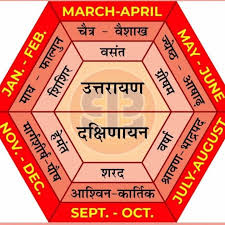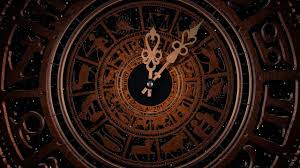In Indian Vedic astrology, Lunar Metrics and Tropical Metrics are two distinct systems used to measure time and celestial influences. Let me explain each in detail:
Lunar Metrics:
Lunar metrics are based on the Moon’s movement and its phases. This system is central to Indian Vedic astrology, as the Moon is considered a key indicator of the mind, emotions, and daily life.
Key Features:
- Tithi (Lunar Day): A tithi is the time it takes for the angular distance between the Sun and the Moon to increase by 12°. There are 30 tithis in a lunar month, divided into two phases:
- Shukla Paksha (Waxing Moon): From New Moon to Full Moon.
- Krishna Paksha (Waning Moon): From Full Moon to New Moon.
- Nakshatras (Lunar Mansions): The Moon’s position is tracked through 27 nakshatras, each spanning 13°20′. These nakshatras are vital for determining auspicious timings (muhurta), compatibility, and personality traits.
- Lunar Months: A lunar month is approximately 29.5 days and is divided into two fortnights (pakshas). Festivals and rituals in Vedic culture are often aligned with specific lunar months.
Example:
If the Moon is at 90° from the Sun, it corresponds to the Ashtami Tithi (8th lunar day). This tithi is considered significant for certain rituals and fasting practices.
Tropical Metrics:
Tropical metrics are based on the Earth’s relationship with the Sun and the changing seasons. While this system is more commonly associated with Western astrology, it has some relevance in Indian Vedic astrology for specific calculations.
Key Features:
- Solar Year: The tropical year measures the time it takes for the Sun to return to the same position relative to the Earth’s equinoxes. This is approximately 365.24 days.
- Seasonal Alignment: The tropical zodiac divides the year into 12 signs, starting with Aries at the vernal equinox. This system is tied to the Earth’s seasons rather than the fixed stars.
- Day and Night Metrics: Tropical metrics also include the division of a day into horas (hours) and yaamas (quarters of a day), which are used in Vedic astrology for daily predictions.
Example:
The vernal equinox marks the beginning of Aries in the tropical zodiac. However, due to the precession of the equinoxes, this point has shifted over time and no longer aligns with the Aries constellation in the sky.
Comparison:
- Lunar Metrics focus on the Moon’s phases and its position relative to the Sun and nakshatras, making it ideal for personal and spiritual insights.
- Tropical Metrics emphasize the Sun’s movement and seasonal cycles, which are more suited for understanding broader, external influences.




